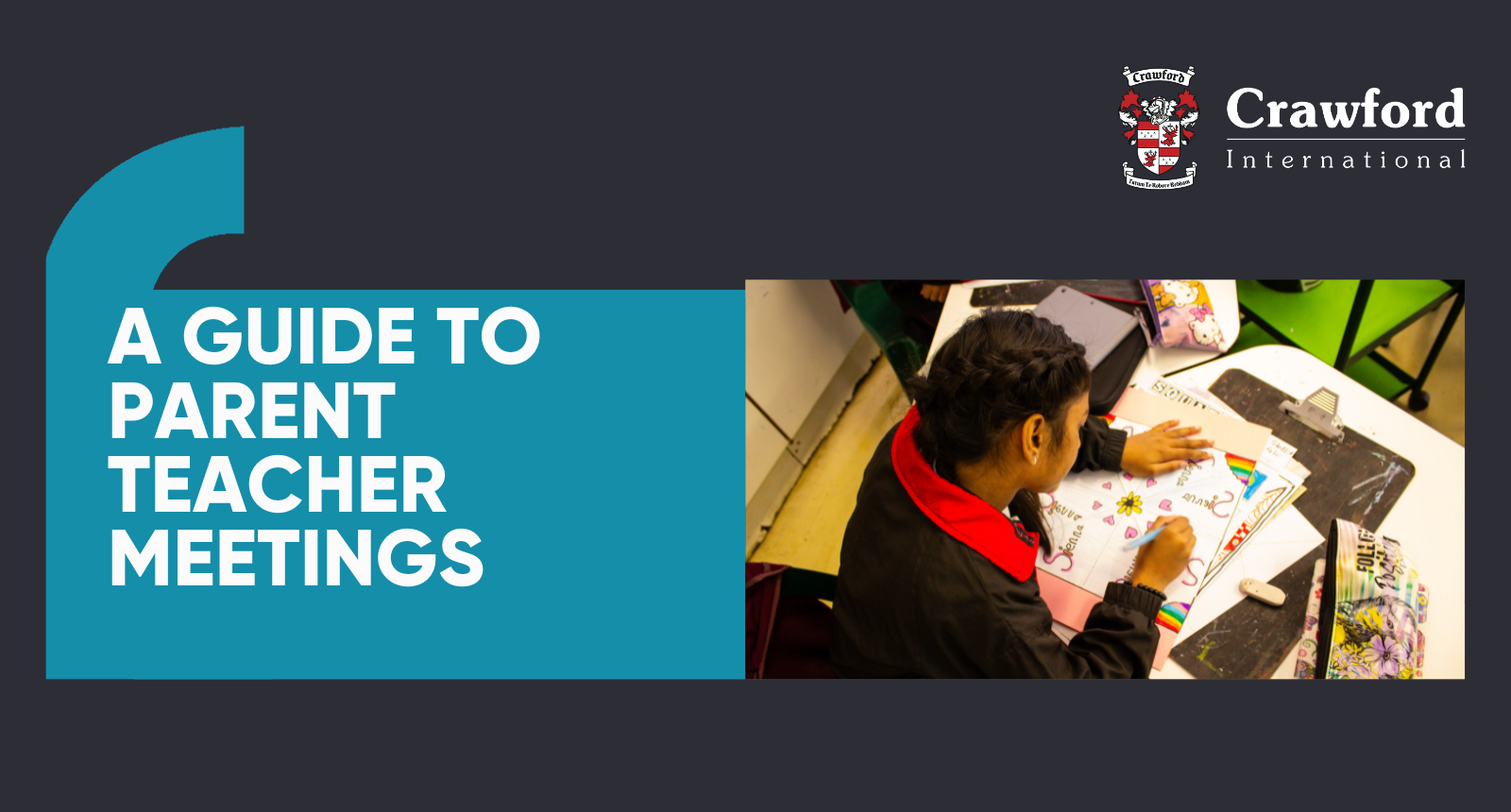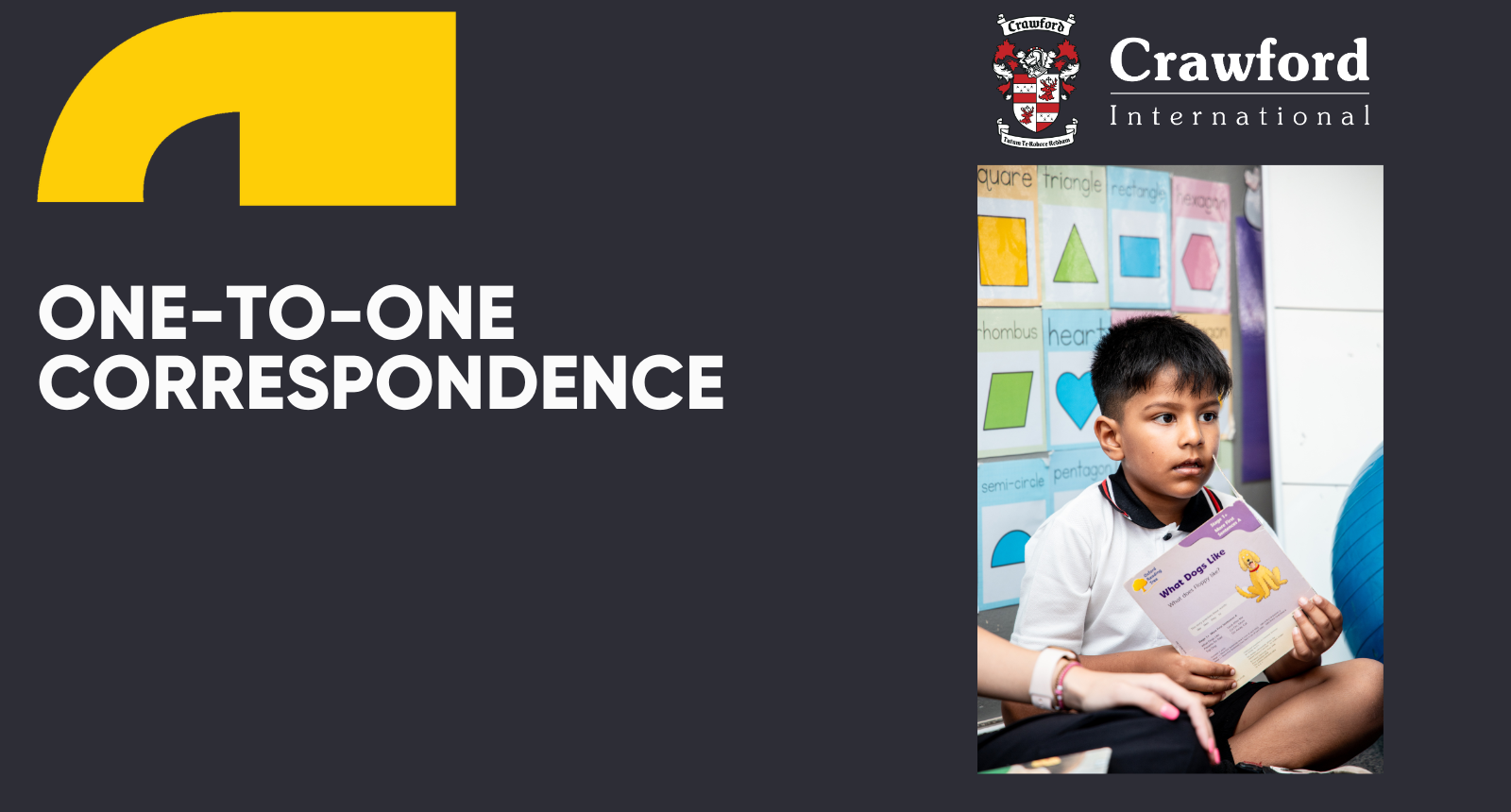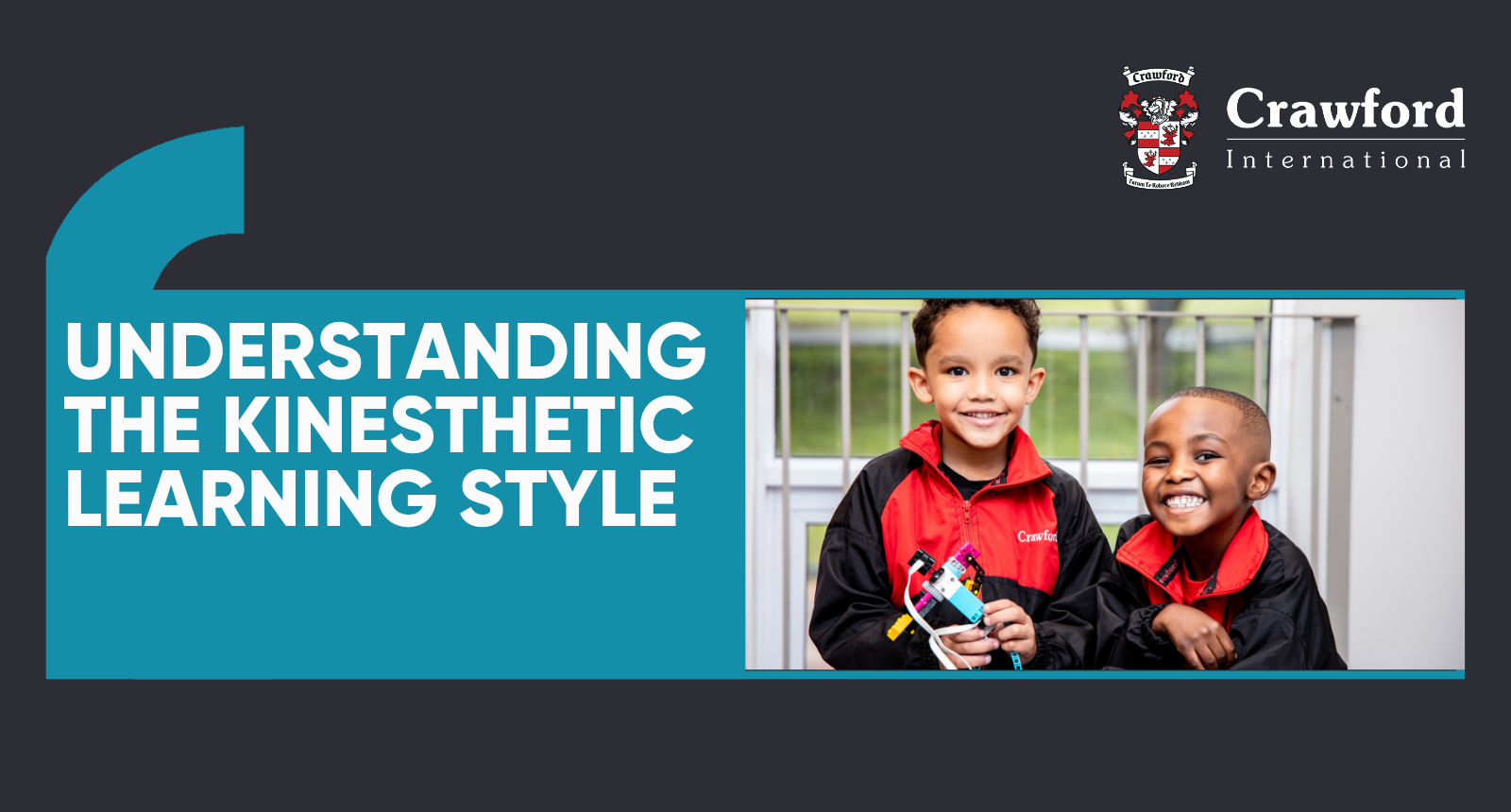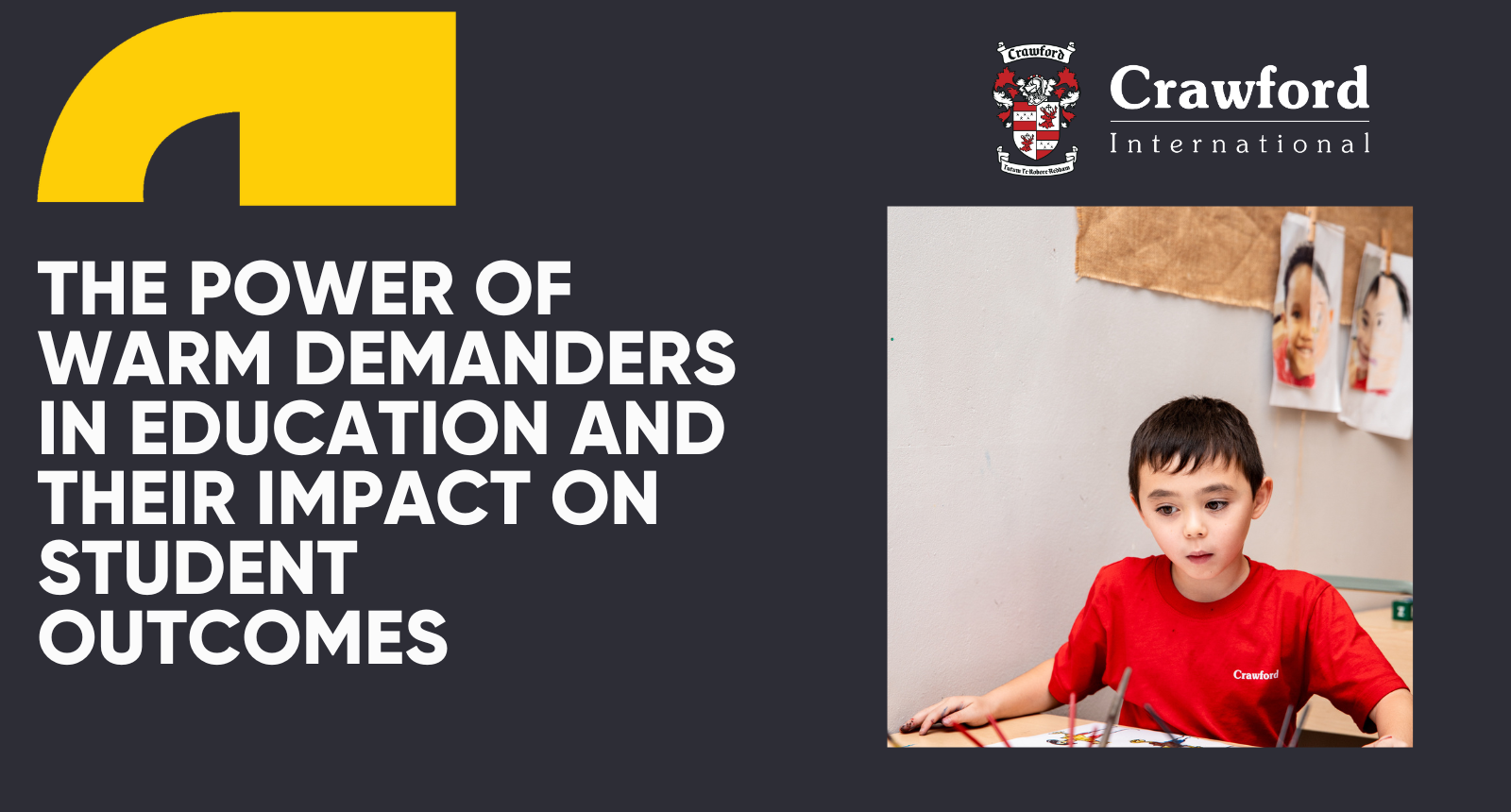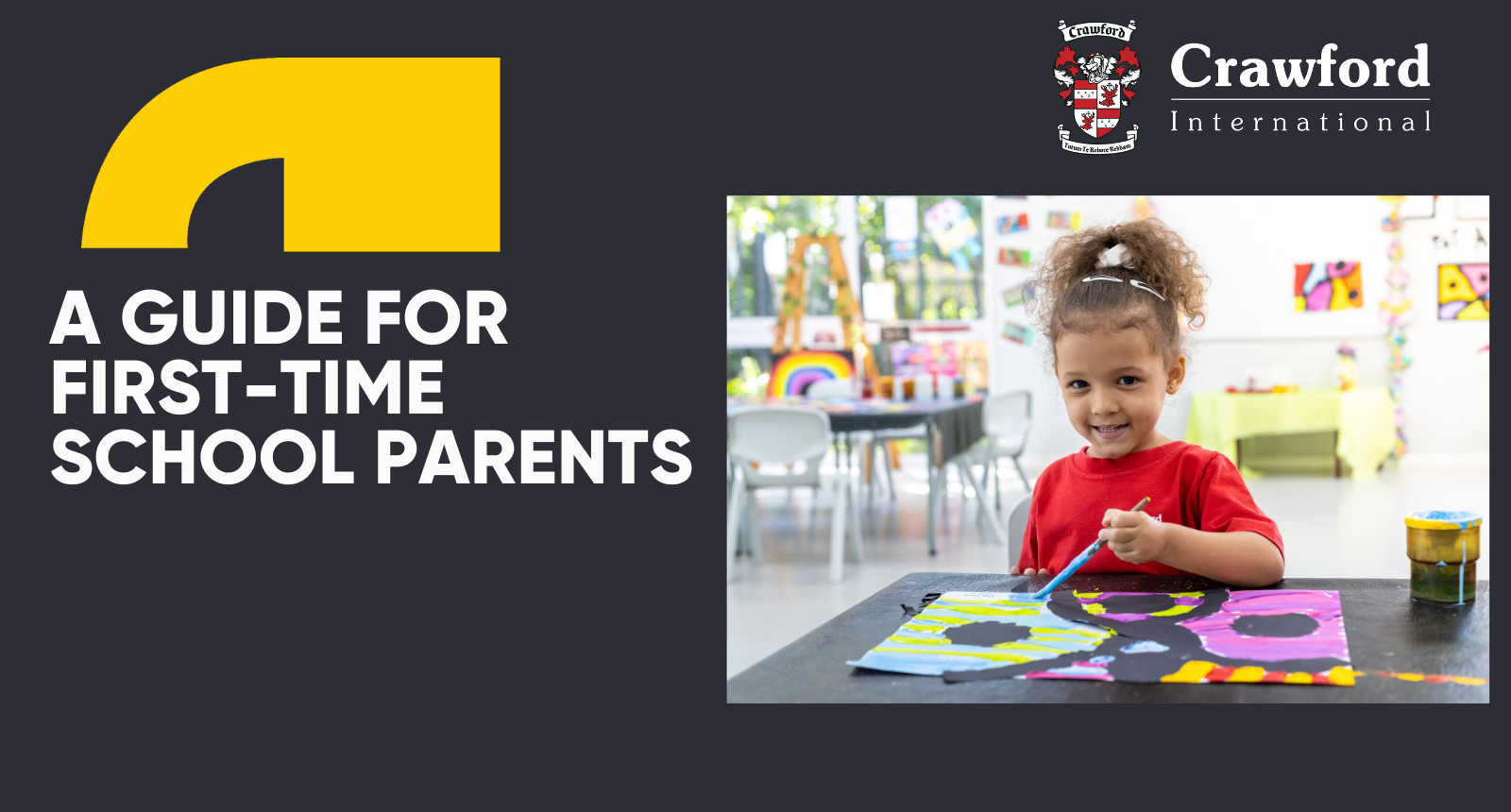Using Zentangle in the Classroom What it is? Why it Works?
Judy Voges • September 30, 2020
Using Zentangle in the Classroom What it is? Why it Works?
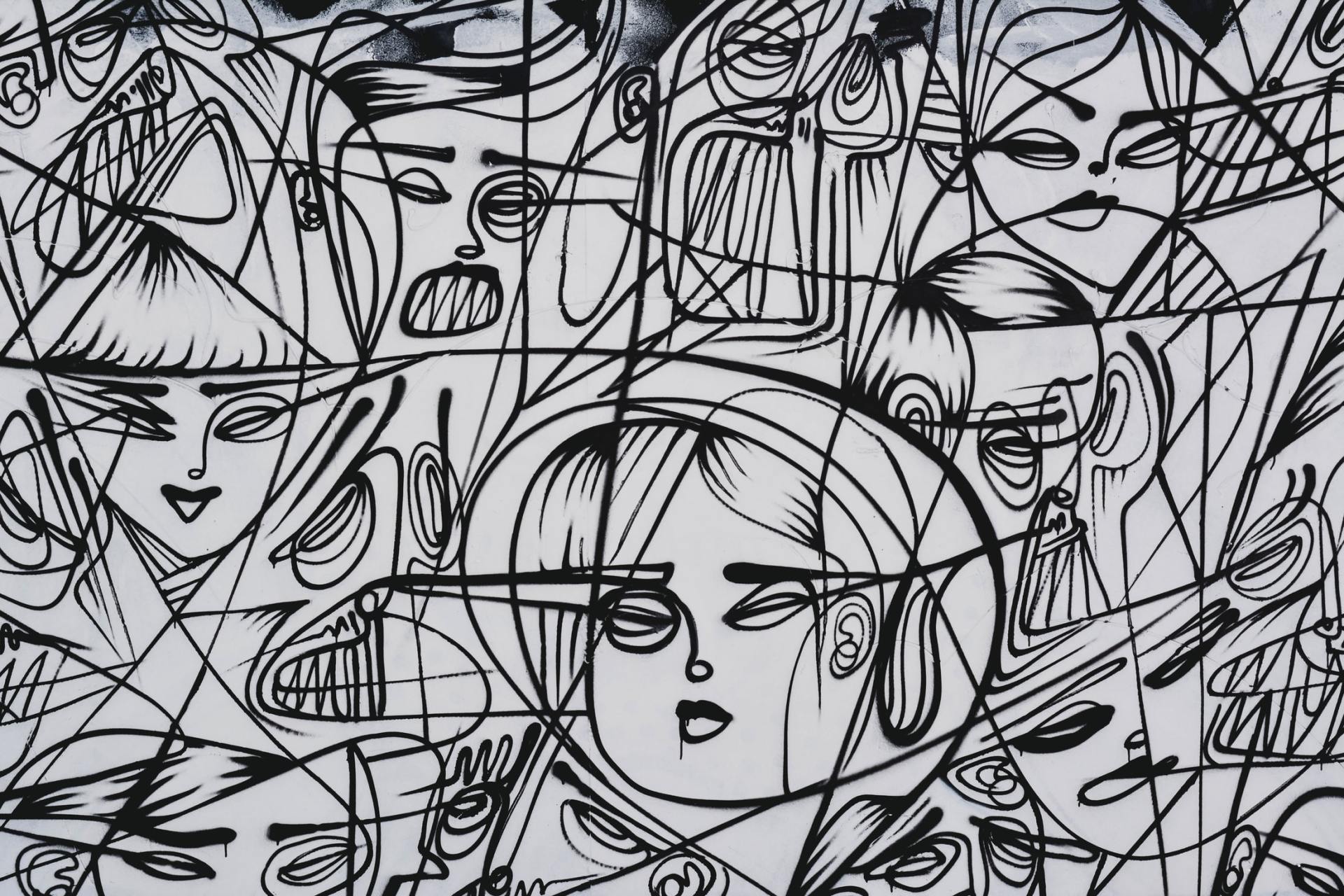
The art form known as Zentangle is an easy-to-learn, relaxing, and fun way to create beautiful images by drawing structured patterns. These patterns are called tangles. Anyone, young and old can create beautiful artworks. If you can draw or write “i, c s o,” (a straight line, a curved line, an s shaped line and a circle), then you can tangle, as these are the basic lines used to create the patterns.
Unlike doodling, which is a more “mindless” form of expression, Zentangle is a structured art form, which requires a certain amount of focus. The “step out/ instruction” for each tangle gives the child security in that they get taught what comes next, therefore sequencing is important. The “No Mistakes” philosophy of Zentangle is also very freeing, as a perceived mistake is just an opportunity to create something else.
Benefits of Zentangle for children in the classroom:
• One of the main benefits of the Zentangle method for any age is the improvement of concentration.
• Drawing and creating the patterns during a Zentangle activity or session is fun and relaxing. This can be beneficial for distressing before a test or getting the creative juices flowing before an art project. (An experiment done in Australia where one class tangled before an exam, showed scores up to 30% higher than the class who did not.)
• The instructions and step outs for each tangle or pattern are structured. This builds confidence and gives security to children and adults alike. The completed piece gives a wonderful sense of achievement.
• It is non-representational so there is no anxiety or expectations.
• Drawing repeated lines and shapes promotes fine motor skills, muscle memory and enhances penmanship.
Personal experience:
I have been a CZT (Certified Zentangle Teacher) for four years. I have taught people from ages 6 – 85 with great success. I have used the Zentangle Method in my Grade 2 classes and Grade 3 Art classes. I have taught other teachers who have in turn taught children in higher Grades. There is always a sense of excitement about what comes next, and the results often amaze the children and make them realize that if they can “do this” they can do anything. I have found that very often the children who struggle with handwriting and spacing their work, love the freedom of Zentangle. The philosophies of “No mistakes” and “Anything is possible, one stroke at a time” can be embraced by us all.
Article by Judy Voges
Grade 2 teacher at Crawford Pretoria.

